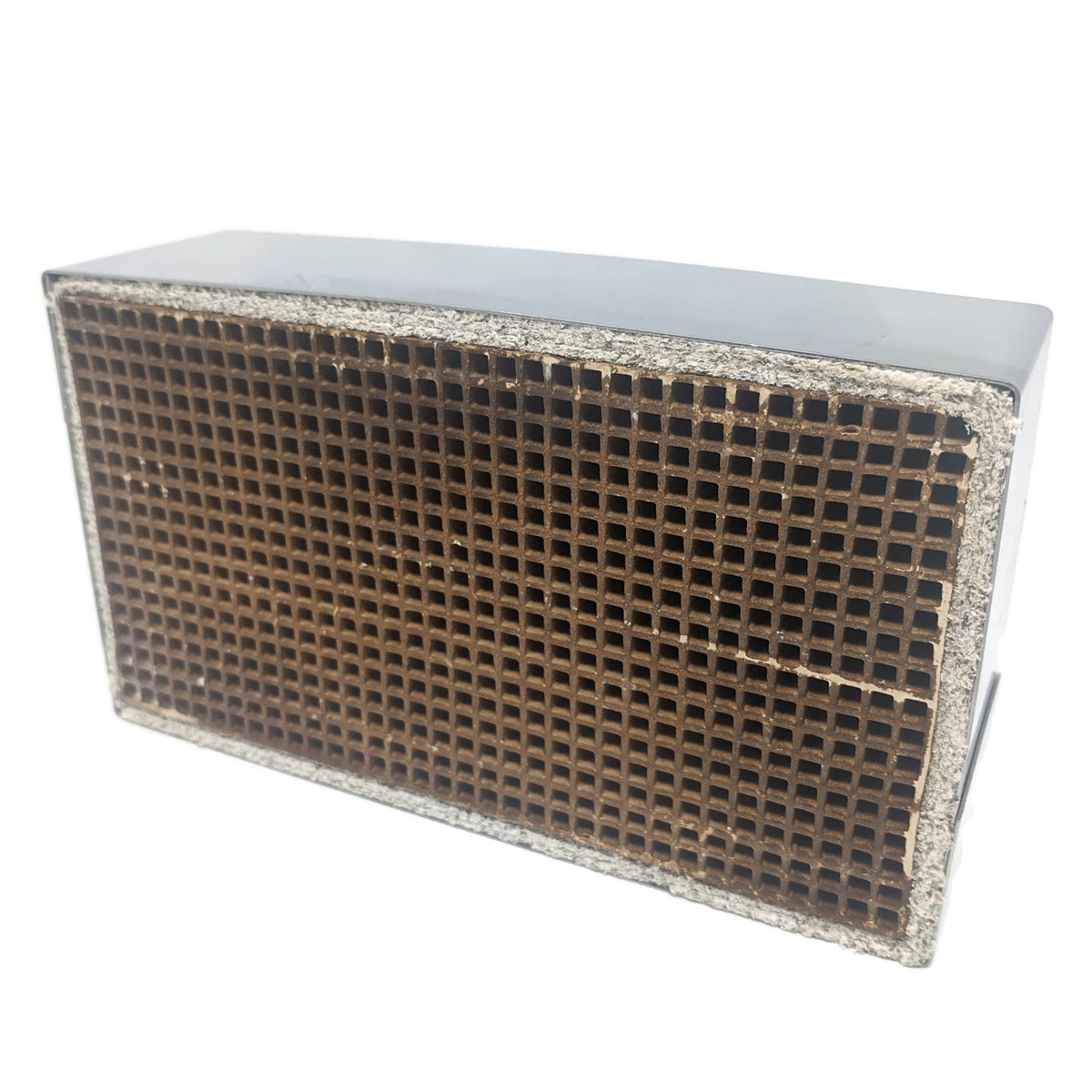One of my stoves is a Jotul 3TDIC-2.
It was beat up by the previous owner(s).... overfired, warped baffles, etc. I did not know better at the time. Still, it is a nice looking little stove and perfect for the difficult space (in front of small old fireplace). I put some new parts in, did some repairs, gaskets, resealed the joints, etc. My wife loves this stove, more than our Woodstock Fireview, so that says something. It is perfect in shoulder seasons with relatively quick starts, and limited output. When it is brutally cold we burn both this one and the Woodstock.
One would assume that an old and abused stove would need a catalyst replacement. Last year they were unavailable, so I vacuumed and blew all the dust out of the catalyst, soaked it in vinegar, and gave it a good rinse. I don't have anything previous to compare it to, but the stove (and catalyst) just WORKS. The stove has good draw with the catalyst disengaged. Once it is hot, with catalyst engaged, it is a smooth and controlled fire. I am not getting great burn times, but it is a tiny stove. I am not getting much buildup in the stove pipe or chimney.
Is there any reason to change the catalyst? I don't know if it is functioning, or if redirecting the exhaust is just acting sort of like a damper, turning the really strong draw into something more appropriate. it is actually an 8" liner (I think) reduced down to 6 inch a little way above the stove.
The catalysts used to be 80 bucks, but now that they are back in stock it is closer to 200.
I have no idea how many hours are on it.
It was beat up by the previous owner(s).... overfired, warped baffles, etc. I did not know better at the time. Still, it is a nice looking little stove and perfect for the difficult space (in front of small old fireplace). I put some new parts in, did some repairs, gaskets, resealed the joints, etc. My wife loves this stove, more than our Woodstock Fireview, so that says something. It is perfect in shoulder seasons with relatively quick starts, and limited output. When it is brutally cold we burn both this one and the Woodstock.
One would assume that an old and abused stove would need a catalyst replacement. Last year they were unavailable, so I vacuumed and blew all the dust out of the catalyst, soaked it in vinegar, and gave it a good rinse. I don't have anything previous to compare it to, but the stove (and catalyst) just WORKS. The stove has good draw with the catalyst disengaged. Once it is hot, with catalyst engaged, it is a smooth and controlled fire. I am not getting great burn times, but it is a tiny stove. I am not getting much buildup in the stove pipe or chimney.
Is there any reason to change the catalyst? I don't know if it is functioning, or if redirecting the exhaust is just acting sort of like a damper, turning the really strong draw into something more appropriate. it is actually an 8" liner (I think) reduced down to 6 inch a little way above the stove.
The catalysts used to be 80 bucks, but now that they are back in stock it is closer to 200.
I have no idea how many hours are on it.



